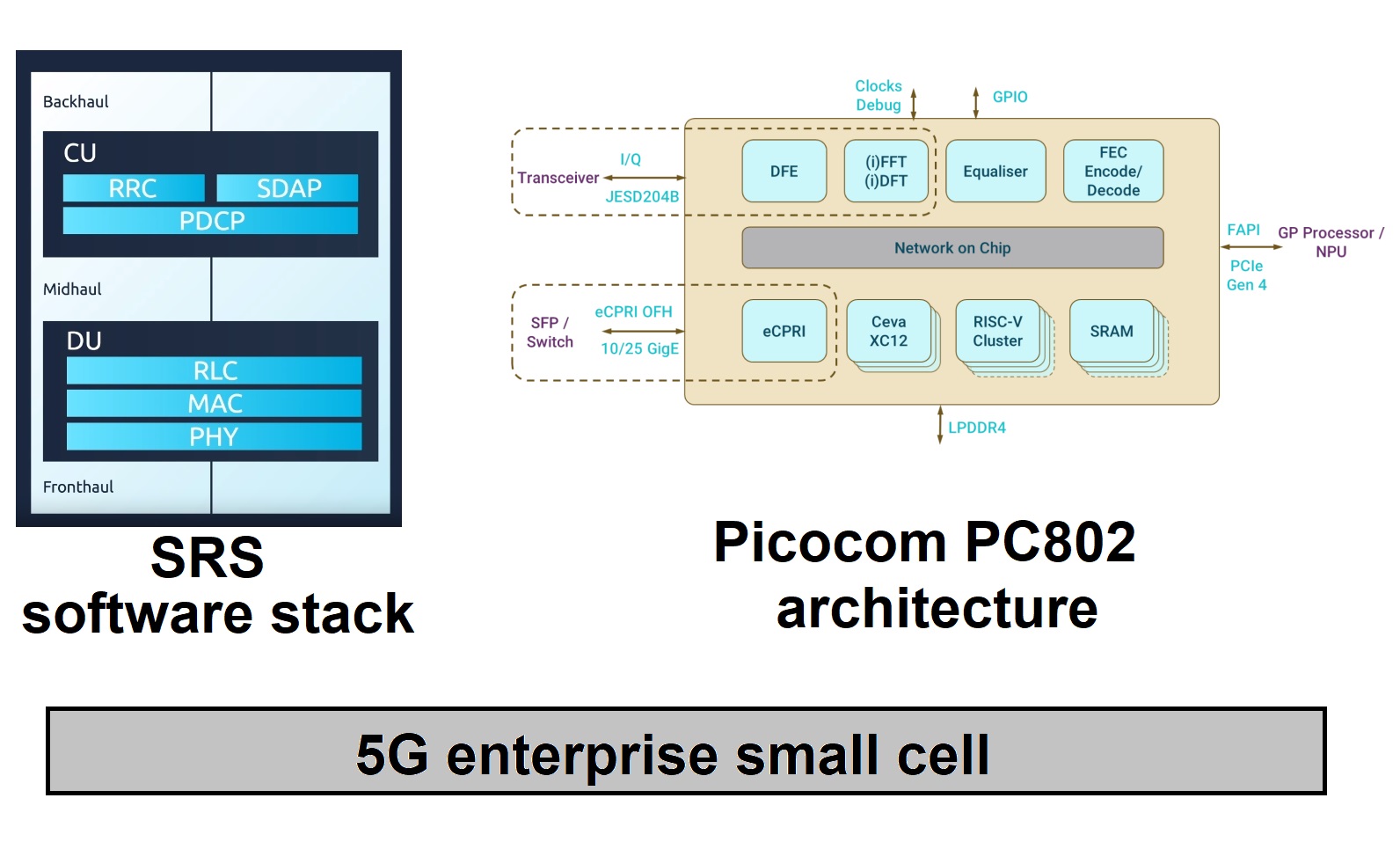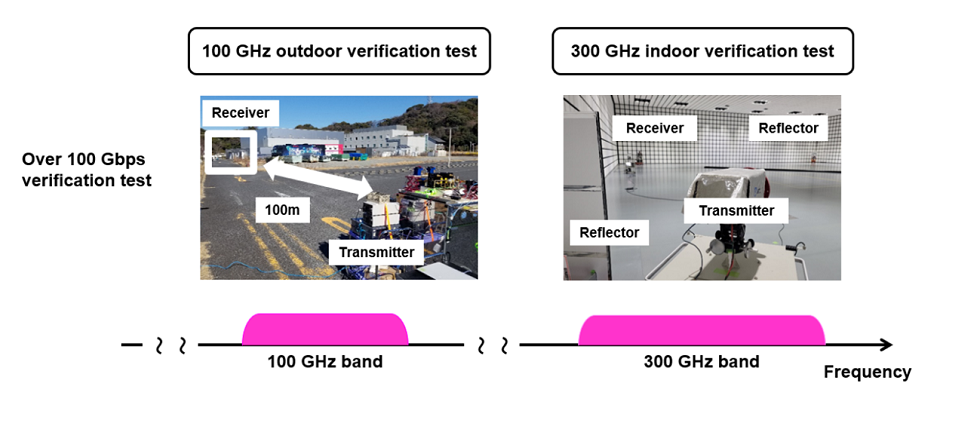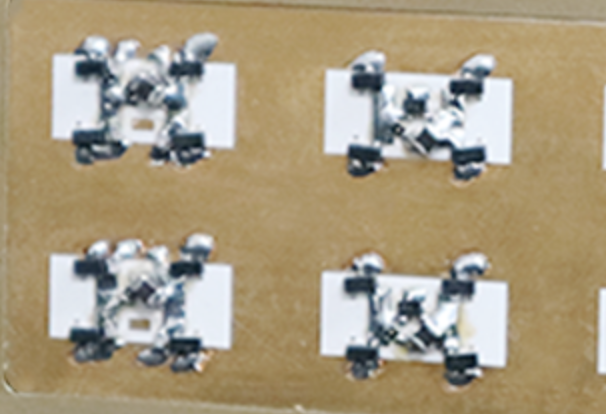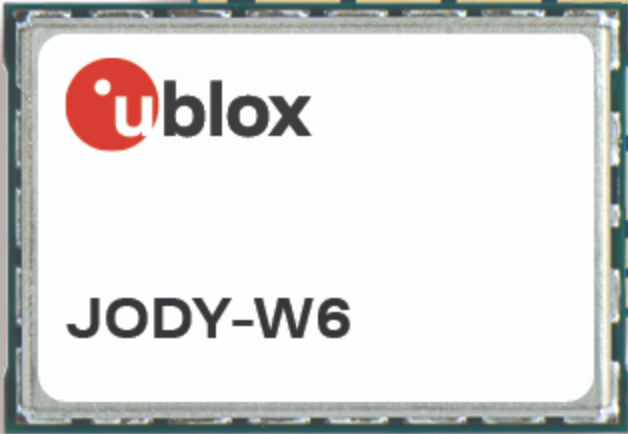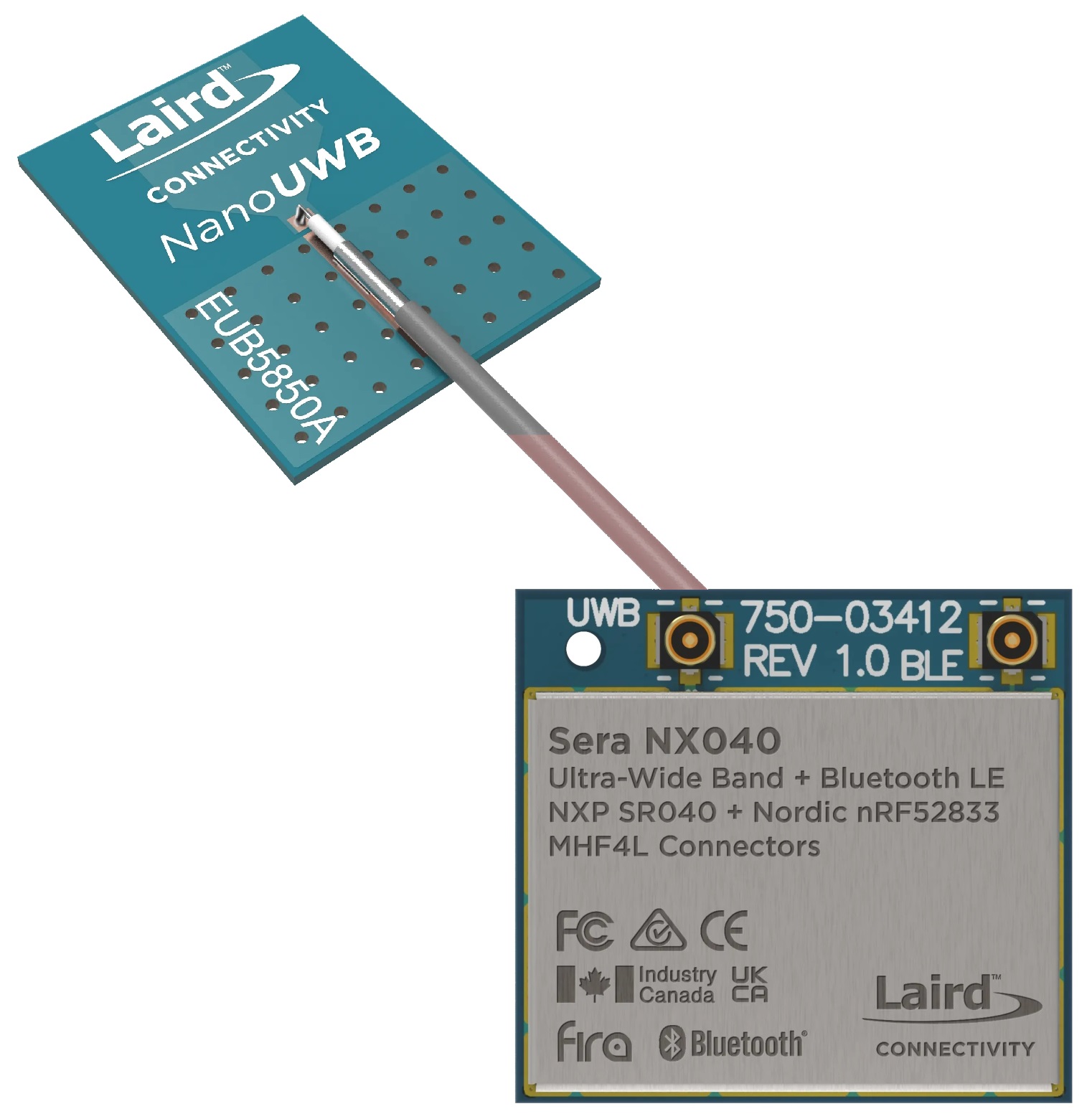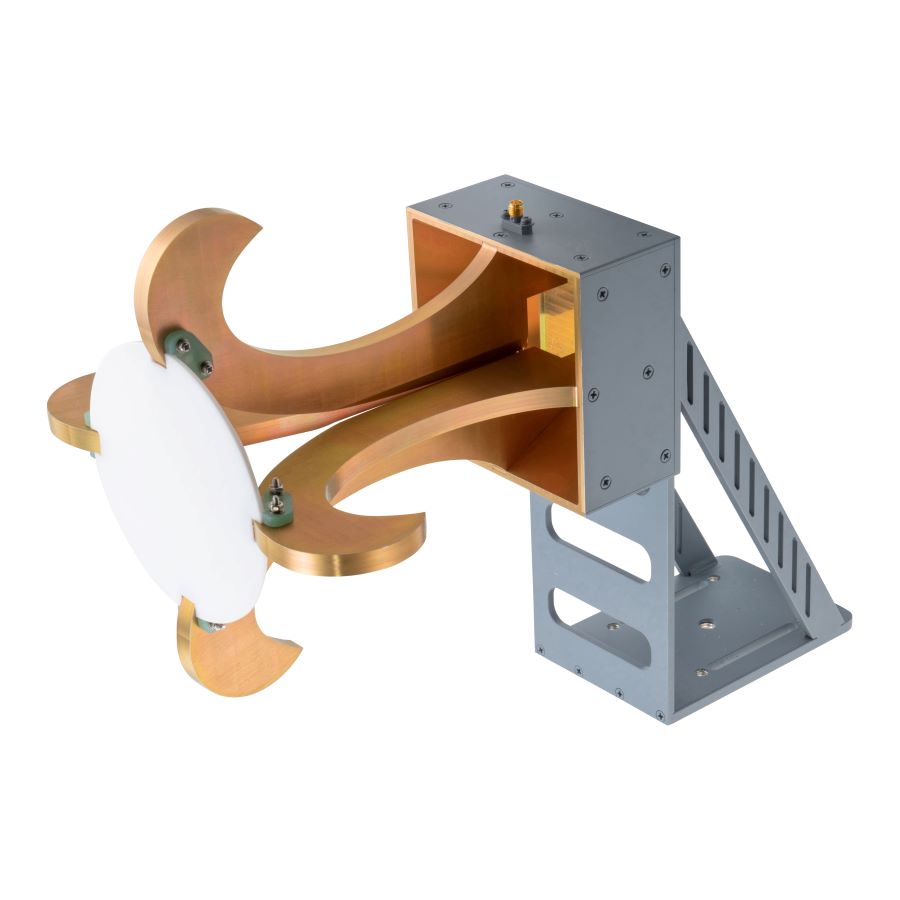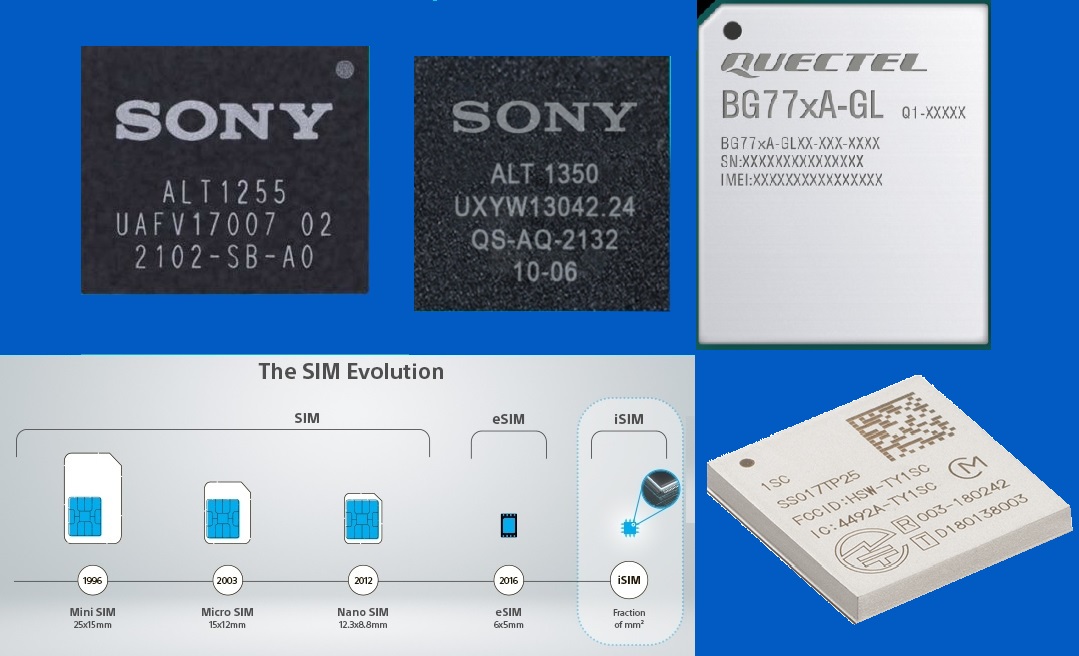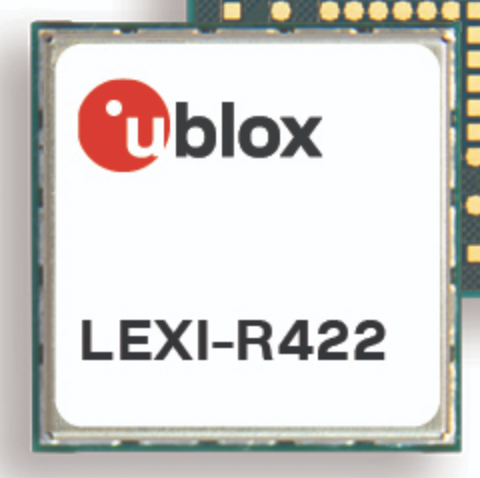Integrate a 5G Open RAN L1-L3 software stack into a small-cell design.
6G: Sub-THz device reaches 100 Gbps data rate
NTT DOCOMO, INC., NTT Corporation, NEC Corporation, and Fujitsu Limited jointly announced the development of a top-level wireless device capable of ultra-high-speed 100 Gbps transmissions in the 100 GHz and 300 GHz sub-terahertz bands. The four companies have been jointly conducting R&D on sub-terahertz devices since 2021 in anticipation of the coming 6G era. To…
Antennas bring 5G, GNSS to IoT devices
Quectel Wireless Solutions has made further additions to its comprehensive range of antennas for IoT devices and deployments. The latest launches include the YEMN016AA and YEMN017AA 5G 5-in-1 combination antennas, the YECN001J1A and YECT000WBA external 5G antennas, and the YEGB000Q1A and YEGN000Q1A active GNSS L1 and L5 antennas. The YEMN016AA is a 5G and global navigation satellite systems (GNSS) 5-in-1 antenna measuring 204.4mm x 86.7mm x…
Researchers develop frequency-selective surfaces
The growing number of devices connected to wireless networks has highlighted the need for innovative solutions to ensure seamless connections. Now, researchers from Nagoya Institute of Technology have introduced a metasurface that can distinguish wireless signals based on both frequency and pulse width. This metasurface can be integrated into antennas to accommodate more devices within…
Wi-Fi 6E, Bluetooth LE module targets automotive applications
u-blox has announced JODY-W6, a concurrent dual-band Wi-Fi 6E module with Bluetooth 5.3, including LE Audio, in a compact size (13.8 x 19.8 x 2.5 mm). The new module targets automotive use cases in infotainment and navigation, advanced telematics, as well as OEM telematics. According to the TSR* (Techno Systems Research CO. LTD.) Wireless Connectivity…
Wireless module adds 5G, Wi-Fi 6E, and Bluetooth for all-around connectivity
Quectel Wireless Solutions announces the new Quectel SG520B series of 5G Sub-6GHz, Wi-Fi 6E, and Bluetooth smart modules. The module series has been developed to meet growing needs for smart modules that can support not only connectivity but also a variety of functions, such as edge computing capability, graphics processing, multimedia, and operation of peripherals…
Internal antenna transmits and receives UWB signals
The NanoUWB planar monopole antenna from Laird Connectivity adds UWB to consumer and IoT devices that need precise location data.
Horn antennas let you characterize wireless systems
Fairview Microwave has announced the launch of its newest product line: quad-ridge, dual-polarized, broadband gain horns. These gain horns range from 0.8 GHz to 95 GHz waveguide and are available in gain varieties of 6, 10, 12, 15, and 20 dBi. Designed to perform in broadband test and measurement applications, these gain horns are instrumental…
Partnership brings iSIM connectivity to IoT modules
Companies from semiconductors to software have partnered to ease the pain for cellular connectivity for IoT design engineers. Engineers designing IoT devices need to focus on the hardware and software for their device’s applications such as smart meters, logistics tracking devices, and so on. For many designers, connectivity is not their area of expertise. Soracom,…
Wireless module reduces footprint, falls back to 2G
u-blox has announced the u-blox LEXI-R4, its newest module customized for size-constrained application requirements. Albeit compact (16 x 16 mm), the module supports all LTE-M and NB-IoT bands with an RF output power of 23 dBm, also offering the possibility to operate on a 2G network. The most common use cases comprise small asset trackers, like…

